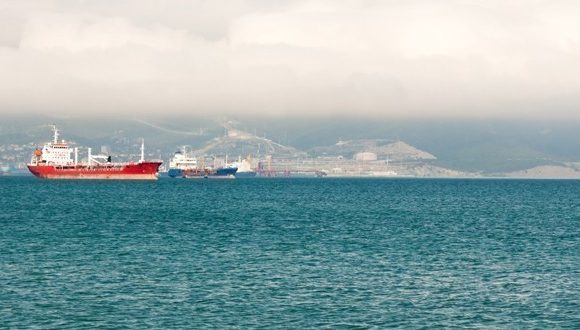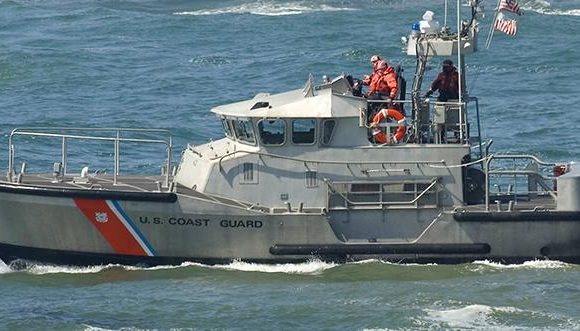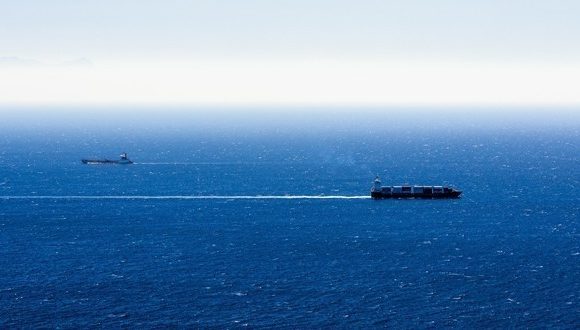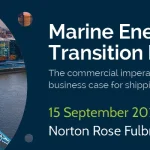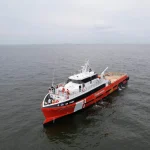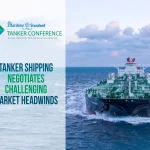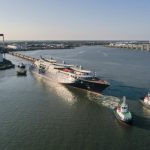Use of Liquefied Natural Gas (LNG) in the Maritime Industries
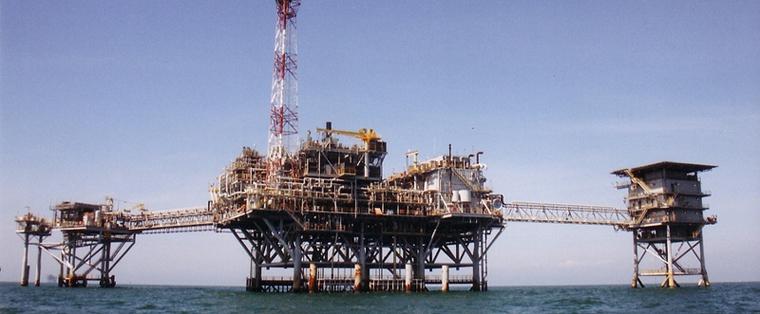
90,000 cargo ships around the world use heavy bunker fuels that are not only among the dirtiest but the highest polluting as well. In fact, a single container ship emits the same amount of chemicals as 50 million cars. With the call to fight against climate change and all the efforts to go green, there’s a need for the maritime industry to look beyond conventional fuels. This is especially true with environmental regulations becoming stricter than ever.
But with just a century in between since shipping transformed from being oil fuelled to gas fuelled, switching to sustainable or natural gas can be a burden for many operators and organisations. But there are advantages to using cleaner and more sustainable fuels, particularly liquefied natural gas (LNG). LNG is now being considered as the maritime industry’s future fuel. Or is it?
What is LNG?
LNG is a result of natural gas being cooled after it was cleaned from admixtures at a condensation temperature of -161.5 °C. During liquefaction, the volume of gas is reduced by 600 times.
Liquefaction facilities produce LNG. Plants in remote areas transport the gas in special cryogenic tanks. Since this type of gas can be stored for long periods, stock building is more than possible. This is when LNG is returned to its gaseous state, stored at regasification terminals, and then processed before it is delivered to end consumers.
Because of the growing number of LNG plants, with more liquefaction facilities joining the first one constructed and commissioned in Russia, shortage of supply isn’t going to be a concern. Delivery to areas far from trunk lines used for natural gas transmission won’t be a problem either.
In terms of sources, research showed that extraction of natural gas is progressive, ensuring that a future where sulphur fuel oil is used less and less in the maritime industry will be a reality.
Advantages of LNG as fuel for ships
– Environment friendly
The use of LNG as fuel is shown to have cut down emissions of sulphur emissions or SOx, a poisonous emission that results from the presence and burning of sulphur oxides used in marine engines. It is one of the major global environmental concerns, with which maritime transportation is a culprit.
LNG as fuel also helps reduce nitrox or NOx gases and carbon dioxide (CO2) by as much as 25%, which is why it considered as an environment-friendly alternative. It is the fuel that will support the international shipping regulations related to climate changes.
– Cost-effective
With LNG plants present in the US, Europe, and other commercially viable regions, LNG can be offered at a competitive price, making it more attractive than both heavy fuel oil and low-sulphur gas oil as fuel for ships. With profit margins shrinking in the maritime industry, a cleaner and cheaper fuel would prove advantageous.
Without the need to install additional process technology, liquefaction of natural gas will be competitive price wise. In Europe, for example, the only cost that needs to be added is for the use of pipelines for distribution.
– Safety
One of the challenges foreseen in the shift to LNG is the need to ensure that ships operate in a safe and sustainable way using natural gas. This is why thorough investigation of the risks must be carried out, along with plans to minimise them. The good news is there are solutions available to make a ship safe while running on LNG.
– The LNG system on board must be certified for cryogenic temperatures with a functionality for built-in pressure relief.
– Placement of the LNG fuel tank and the arrangement of pressure relief masts, ventilation ducts, and piping must be well thought out.
– Access to hazardous areas must be provided.
– Complete and consistent safety philosophy must be developed, particularly at the start of the vessel design.
Furthermore, there are existing regulations for the safe handling and application LNG as fuel for ships, such as the IMO Interim Guidelines on LNG as fuel MSC 285(86), the ISO technical specification for supply of LNG as fuel to ships (ISO TS 18683), and IMO draft International Code of Safety for Ships using Gases or other Low-flashpoint Fuels (IGF Code).
Challenges of switching to LNG
Aside from the risks associated with the use of LNG as ship fuel, there are currently problems with the infrastructure and bunkering facilities. The good news is there are ways around them, some of which are already underway. More major ports in Rotterdam, for example, are involved with developing LNG bunkering facilities. Singapore, on the other hand, is making huge investments in LNG. To ease transition, companies like Wärtsilä are also building engines that can run on both LNG and liquid biofuels, conventional LFO, or HFO.
Another potential challenge is storage space, what with gas being heavier than bunker oil. This means the farther the ship’s journey, the larger amount of space is required. If storage is built in the same place as conventional fuel tanks, which is in the cargo spaces, there will be setbacks in terms of freight. Architects and engineers must develop systems that meet storage and construction requirements, including piping, steelwork, and insulation.
Global trends of LNG in the maritime industries
Despite the many challenges ahead, particularly in the transformation of the entire industry, some ships and ports are slowly making changes to pave way for LNG. As previously mentioned, bunkering facilities are being developed in Singapore and around the Baltic Sea.
Certain vessels are now powered by LNG, such as the M/S Viking Grace and M/V Bit Viking, considered as two of the largest ships in service. The Harvey Energy, an offshore supply vessel, was the first flag vessel in the US to bunker LNG fuel.
As of February 2017, about 100 ships in operation are already fuelled by LNG, while 101 ships on order will be fuelled by the same natural gas. Additional 72 ships are also up for conversion from conventional fuels to LNG.
All these will increase LNG demand, in addition to about 250,000 tons per year of consumption for the current fleet in operation using natural gas as fuel.
Next in line for the conversion to natural gas fuel is high-speed ferries, tugboats, and cruise liners.
With stricter global laws and standards of safety raised to higher levels, ship operators would have to find ways to switch to natural gas or spend four times on operating costs. They would have to realise the value of using natural gas as the prime fuel.
It is unclear as to when LNG will become an integral part of the maritime industry. One thing is for sure, it can change the future of the shipping industry and steer them towards green operations.

